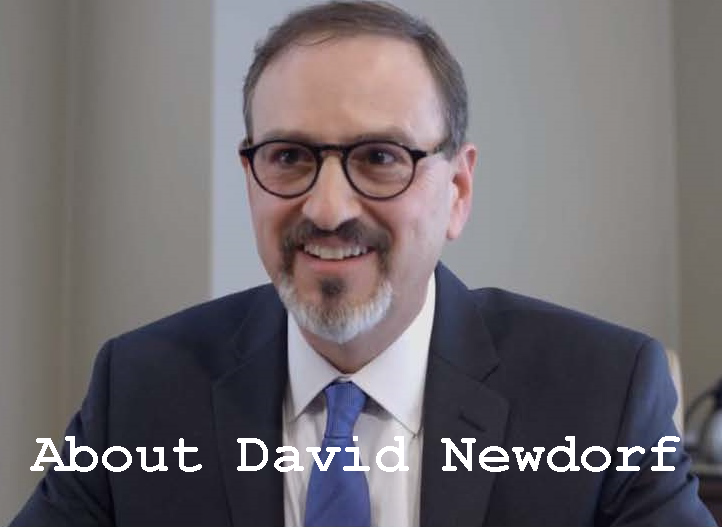Begin Your Trial Prep At The End
October 12, 2007 by David Newdorf
Filed under Lit Tip Of The Week:™ Practical Advice For Litigators
Where does one start when preparing for trial? The best advice I ever received on this point came from Judge Charles A. Legge, for whom I was a law clerk in the federal courthouse in San Francisco. He suggested beginning at the end, that is, the closing argument.
The reason for this is compelling. In order to argue a point in the closing, the evidence on which the argument is based must be admitted during the trial. Thus, the logical sequence for trial preparation is to start with one’s anticipated closing argument and from there develop the list of trial themes and evidence (testimony and documents) you will need to introduce at trial. This list dictates the identity of the witnesses necessary to support your trial themes, provide your testimony and lay an evidentiary foundation for your documents.
The corollary, of course, is that if you don’t need the evidence to support your closing argument, it should not be introduced at trial. Unnecessary evidence lengthens the trial and, worse, risks confusing the jury. Extraneous evidence that you don’t mention in your closing could become the seed for a free-lance theory that germinates in the jury room and grows out of your control.










